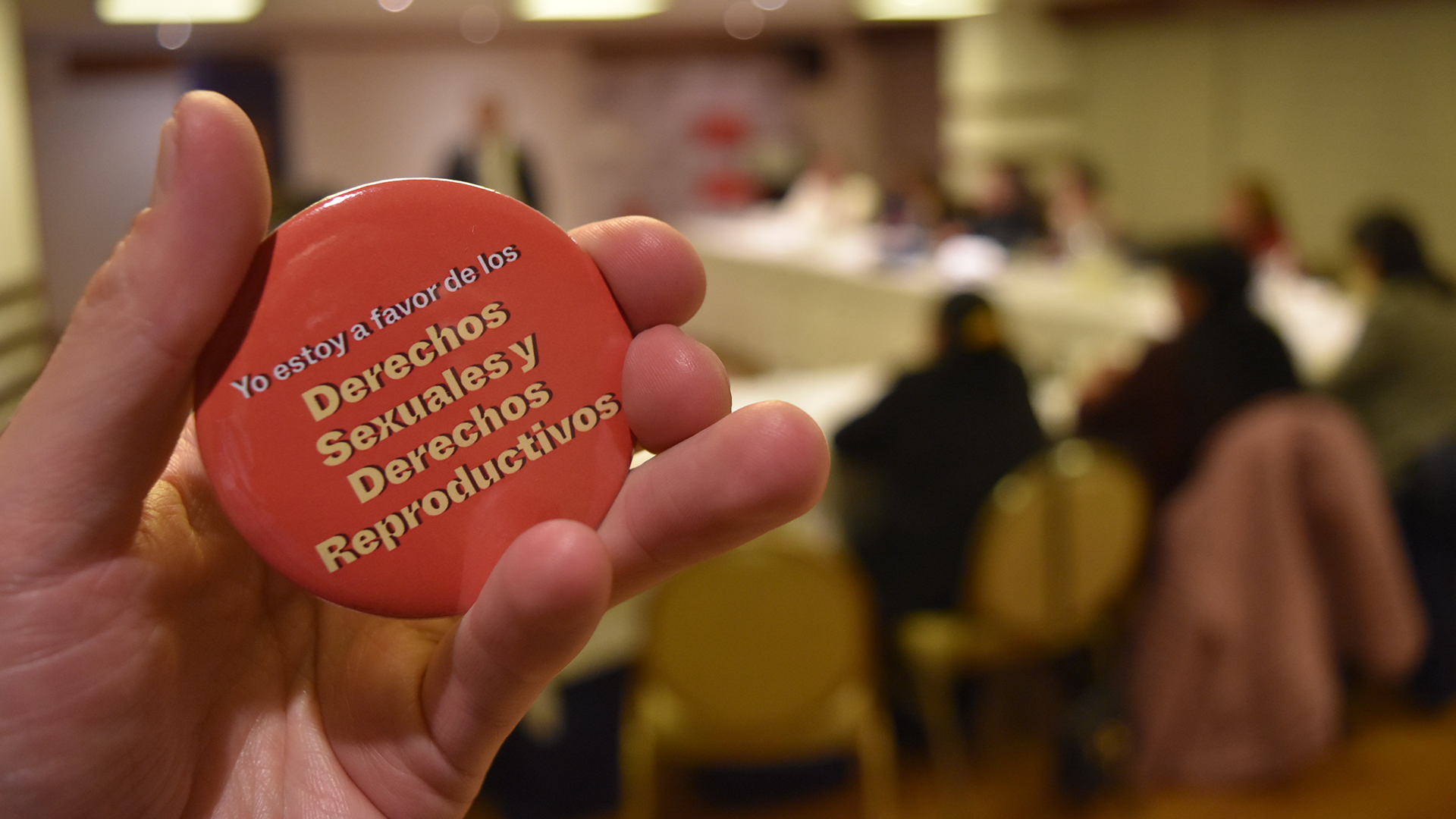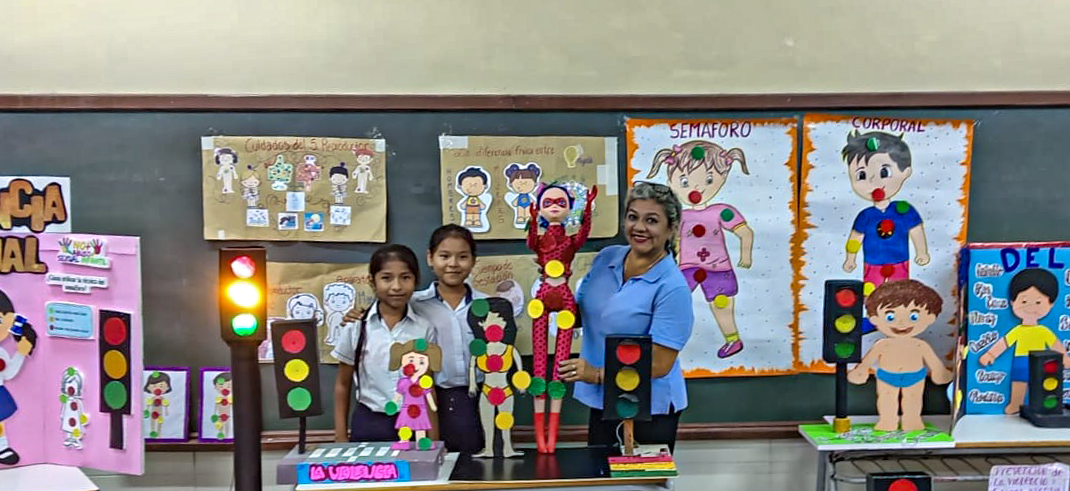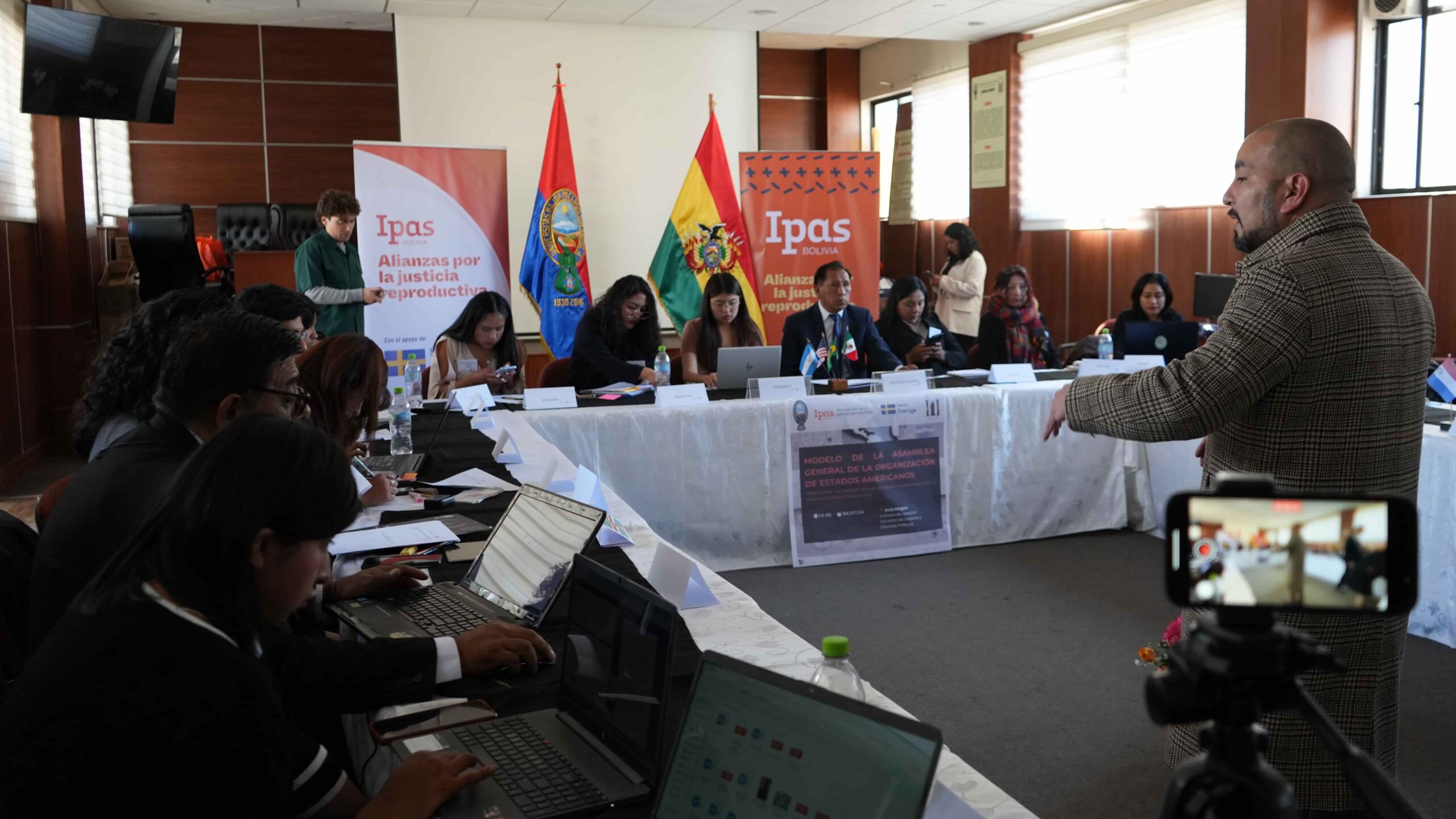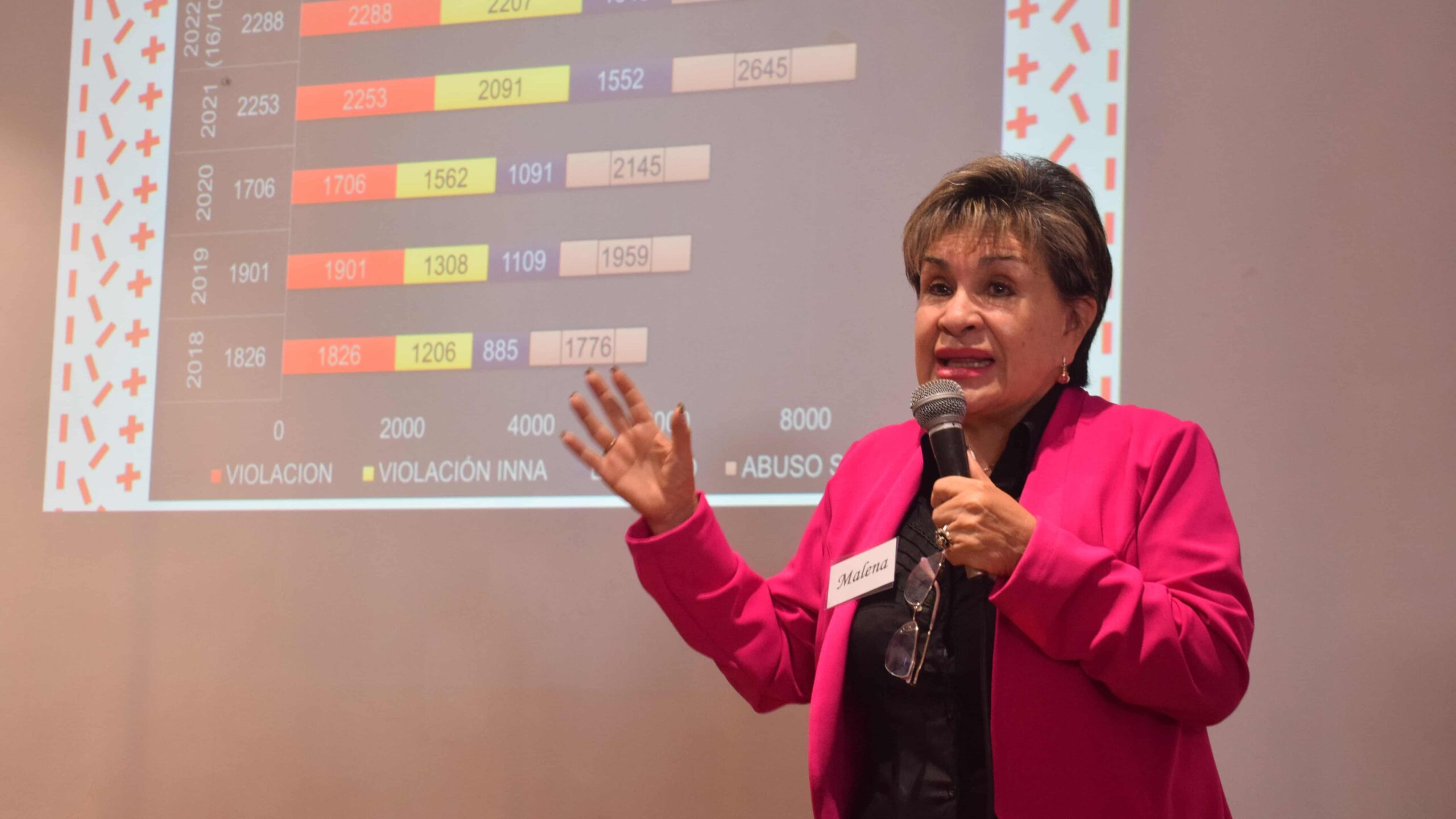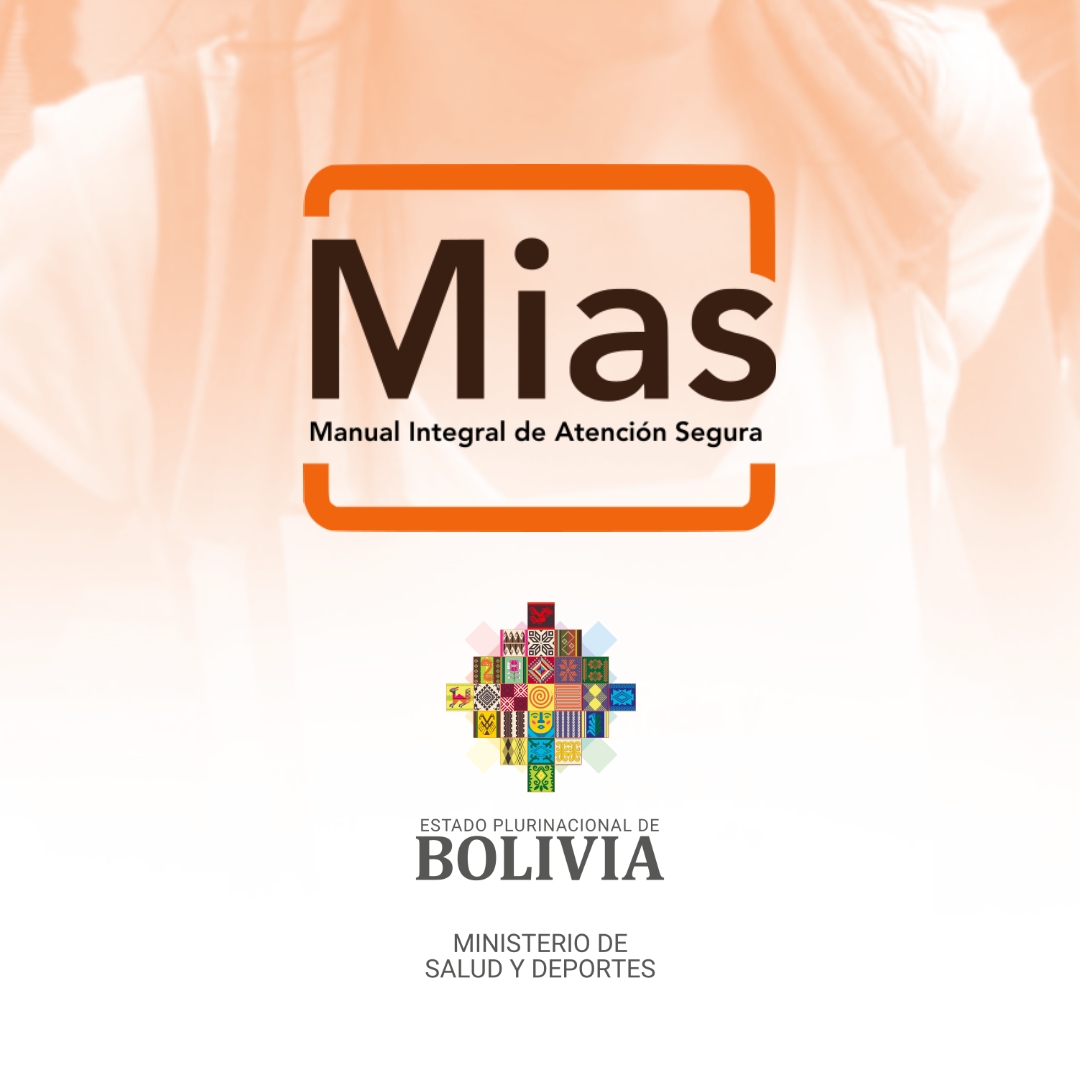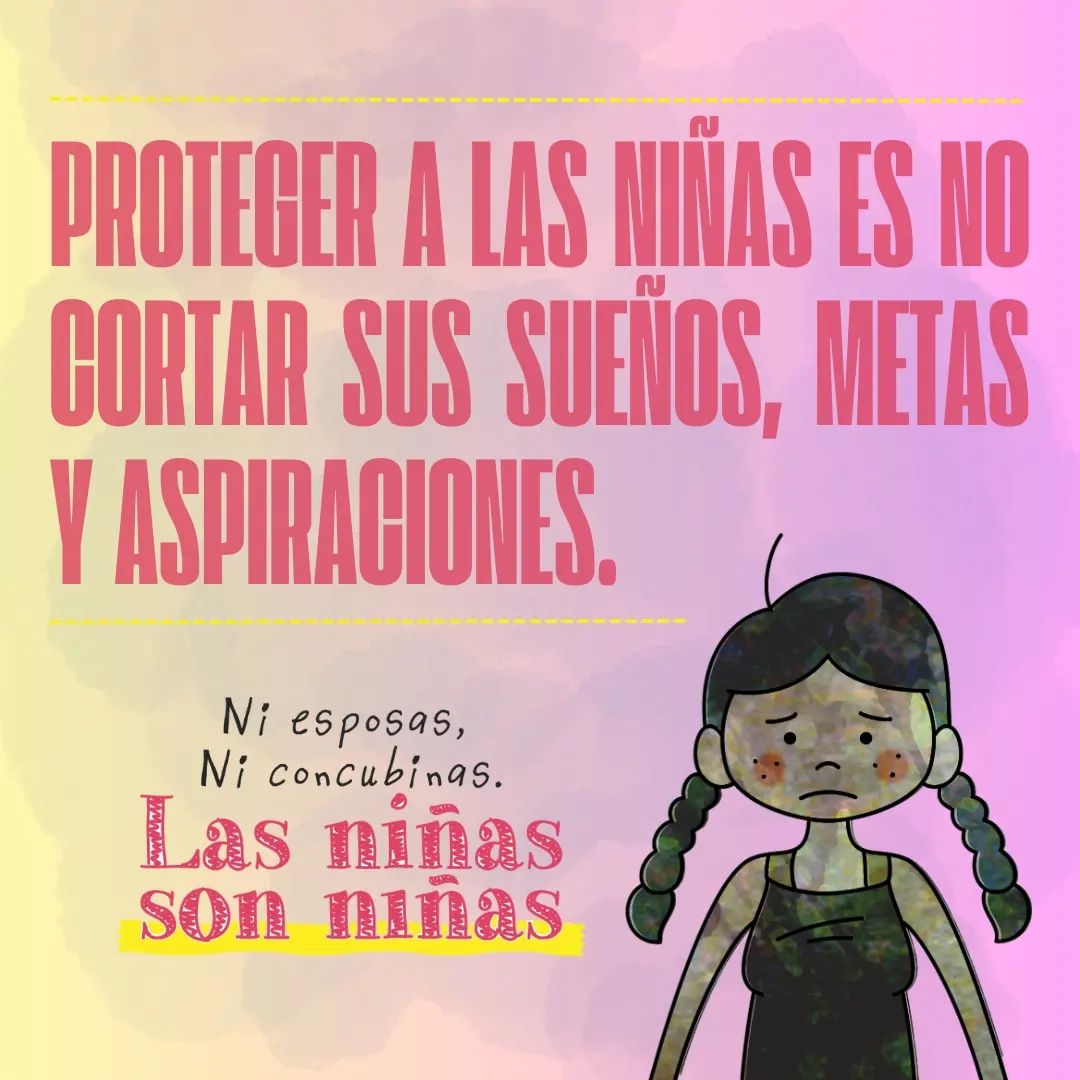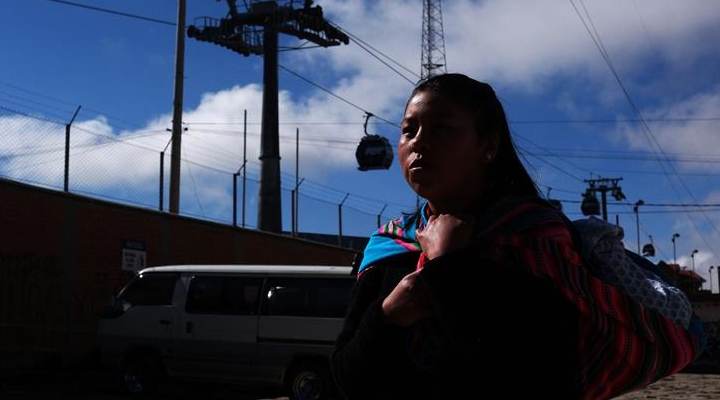Digital Compass|EFE|19|04|25|
Gina Baldivieso
The lack of comprehensive sexuality education and specific regulations are pending tasks in Bolivia against adolescent pregnancy, a problem that in official figures reports decreases, but that is still a cause for concern due to the number of cases that still occur and that mainly involve girls under 14 years of age.
The most recent case was that of a 12-year-old girl who in early April gave birth in an ambulance while being transported from a rural municipality to a health center in the Altiplano “showing a critical condition due to her age,” according to the Ombudsman’s Office.
The minor became pregnant after being raped by her teacher, who is in jail on remand.
The Demographic and Health Survey (EDSA) 2023 presented last week shows that the specific fertility rate declined in the 15-19 age segment, from 84 births per 1,000 adolescents in 1998 to 48 in 2023.
This indicator in urban areas is 35 births per thousand adolescents and 88 in rural areas.
The Programs Coordinator of the Alliance for Solidarity Foundation, Ximena Pabón, explained to EFE that between 2018 and 2023 there was a reduction of 18 to 14% in pregnancies in adolescents aged 15 to 19, something that does not occur with the segment under 14 years old, according to data from the Ministry of Health.
This is related to something that often occurs in the country to “solve situations of sexual violence”, which is to marry the victims to their attackers.
In addition, sex education in schools is scarce, partly due to pressure from parents “who do not want information to be given to their children because there is a false belief that this way they will initiate sexual relations earlier, which is not real,” he said.
Regulations and challenges
Pabón mentioned that teenage pregnancy is linked to early marriages and unions, and recalled that since 2014 there is a record of 487 marriages of girls between 12 and 15 years old.
The norm that opened the doors to this is the Code of Families and Family Process, which endorses marriages from the age of 16, as long as there is the consent of those exercising parental authority.
In the Senate there is currently a bill to prohibit marriages and free unions between or with minors under 18 years of age, based on the recommendation of international organizations to eliminate this exception.
On the other hand, since 2014, a constitutional ruling has been in force that established that a judicial authorization is not necessary and that a simple copy of the abuse report or a medical report stating that the woman’s life is at risk, as appropriate, is sufficient to access the termination of pregnancy.
However, Pabón warned that compliance has been “quite limited” due to the reluctance of health personnel to apply the procedure.
The expert regretted that there is so much “prejudice” and a “lack of comprehensive education on sexuality” for fear of talking about this topic in homes and schools “as if it were something bad”.
“We cannot close our eyes to a situation that is quite problematic and where we have a lot of media and information channels through which young people today are learning about sexuality,” such as music with misogynistic lyrics or video games where women are “hypersexualized,” she said.
The representative of the United Nations Population Fund (UNFPA) in Bolivia, the Ecuadorian Pablo Salazar, said that the organization celebrates that “on average teenage pregnancy is falling”, although he acknowledged that “it does not fall for all sectors in the same way”.
Salazar considered that the “challenge” is to start looking at teenage pregnancy specifically in groups where indicators remain high.
She also stressed the importance of paying attention to pregnancy among girls between 10 and 14 years of age, “which is not so much an issue of access to contraceptives” or health services, but of “education”, of protecting girls, “of changing harmful practices in terms of gender social norms and the way we see relationships between men and women in society”.

